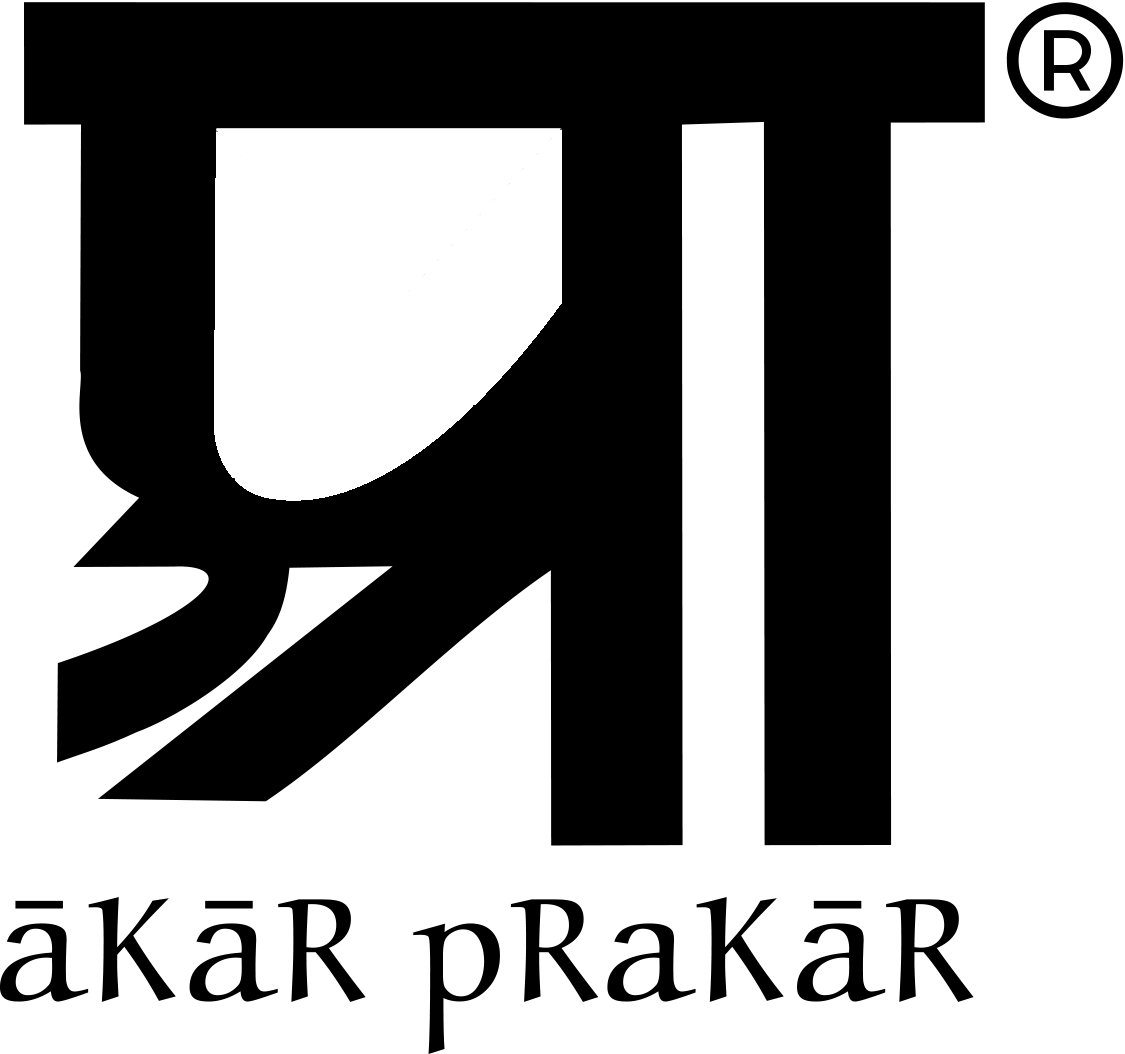A Modern Visual Language
by the Akar Prakar Desk
Of the function of Art Nandalal once wrote,
'(It is) to cultivate the understanding and communication of the messages of the outer world through the senses and sensibility of man'.
Throughout his work, we find evidence of the same.
Nandalal's brilliance lay in his ability to synthesize various nationalist perspectives into a comprehensive artistic vision that transcended mere nationalism. Although he admired Abanindranath Tagore and initially excelled with the wash technique in pieces like ‘Sati’, he chose not to mimic his master. Unlike many of his peers, Nandalal instinctively understood that Abanindranath's techniques were deeply personal expressions. Emulating them would have meant adopting a style incompatible with his own temperament.
Fig1. Untitled | Pen and ink | 3.25 x 5.25 in | 1935
Nandalal inherited from Abanindranath Tagore, the founder of the Indian Society of Oriental Art, a profound commitment to viewing art as a calling rather than a profession. His interest in traditional Indian arts was nurtured by both Abanindranath and art historian E.B. Havell. Further influenced by Ananda Coomaraswamy, who presented traditional arts as a complex visual language, Nandalal absorbed these ideas, which profoundly shaped his work as both an artist and a teacher. A pivotal moment in Nandalal's career came after his visit to Ajanta in the winter of 1909-10. The art he encountered there—marked by its scale, figuration, narrative style, and technique—resonated with him more than the wash technique. This encounter led to a significant evolution in his style, as he began to see art reflecting contemporary life and environment as a more authentic form of national art than revivalist themes.
Nandalal's work transformed with the realization that art reflecting contemporary life and environment could be a more authentic form of national art than revivalist themes (Fig.1) . His discovery of folk and Ajanta paintings happened simultaneously, leading him to experiment with combining these styles. He collected folk art for the Kala Bhavan museum and admired it deeply, yet he rarely imitated its style. He understood that the work circuits of folk and modern artists were vastly different. The folk artist's individuality loses meaning outside its original cultural context, whereas the modern artist must balance cultural influences without being confined by them. Folk art was a lesson in the efficacy of a rudimentary visual language (Fig 2).
Fig 2. Self portrait | Pen ink | 3.25 x 4.5 in | 1954
Nandalal's extensive oeuvre includes numerous small drawings, often carried on cards, many of which were displayed at Akar Prakar. These smaller works reveal his acute sense of reality and innovation, foreshadowing artists like Benodebehari Mukherjee and Ramkinkar Baij. His draftsmanship, reminiscent of Rembrandt, shines within the Indian context, characterized by bold strokes and vestiges of the wash technique. In these works, the influence of Japanese ideals is evident, where tradition, nature, and individuality merge to create culturally rooted, authentic contemporary art (Fig 3).
Fig 3. Old Calcutta | Ink and brush | 5.25 x 3.25 in
In his postcards, we glimpse the world through Nandalal's eyes. A simple piece of paper transforms into a bear, a scene captured in bold strokes, portraying life around him devoid of technical preoccupations. Here, art becomes truly Indian and modern. (Fig 4)
As his drawings evolved towards abstraction and simplicity, even illness could not hinder his creativity. He continued to draw, reducing motifs to their essence. His depictions of land, water, and sky became vast spaces animated by minimal marks, capturing the essence of rustling grass, birds, trodden sand, or rippling waves.
Fig 4. Untitled | Collage | 5.5 x 3.5 in | 1956
Nandalal did not see tradition and modernity as mutually exclusive. He likened tradition to the outer shell of a seed, with modernity as the new life within. For him, reviving traditional knowledge was a preparation for creativity, not an exercise in revivalism or conformism. Nandalal was among the first Indian artists to convincingly demonstrate the shifting perceptions of truth and credibility in various art forms, from the descriptive to the abstract. His versatility allowed him to infuse substance into an art stream drifting into sentiment and fantasy, maintaining its much-needed romantic essence.




